
Close-up view of 24 karat gold nuggets, right after mining.
Gold has held a timeless allure for humanity, symbolizing wealth, power, and beauty for millennia. Among the various gold alloys, 18 karat gold stands out for its perfect balance of purity and practicality. With a composition of 75% gold and 25% other metals like copper, silver, or palladium, 18 karat gold combines the luxurious appeal of high-purity gold with enhanced durability. Let’s explore the rich history and evolution of 18 karat gold jewelry.
Ancient Origins

Egyptian painting of Pharaoh Tutankhamun, 1332 – 1323 BC
Gold jewelry’s history traces back to ancient civilizations, where it was not only a symbol of wealth but also held spiritual and cultural significance. The Egyptians, for instance, revered gold as the "flesh of the gods." However, pure gold (24 karats) was too soft for practical use, leading ancient artisans to experiment with alloys.
The concept of mixing gold with other metals dates back thousands of years. Early goldsmiths realized that combining gold with base metals increased its strength and allowed for more intricate designs. While 18 karat gold may not have been labeled as such in antiquity, similar blends were crafted by civilizations like the Romans and Greeks, who valued its versatility and luster.
The Middle Ages and Renaissance

Renaissance Painting
During the Middle Ages, goldsmithing flourished in Europe. Jewelry became a symbol of status and wealth, with 18 karat gold emerging as a popular choice for royal adornments and religious artifacts. The Renaissance era further advanced the art of goldsmithing, with techniques like enameling and gemstone inlay becoming common. The slightly reduced purity of 18 karat gold allowed for more resilient designs, which could hold intricate patterns and securely set stones.
The Industrial Revolution

Image of a metal factory during the Industrial Revolution.
The Industrial Revolution in the 18th and 19th centuries brought significant changes to jewelry production. Advancements in technology enabled more precise metalworking, and the demand for affordable luxury led to the standardization of alloys. 18 karat gold became a widely accepted standard for high-quality jewelry, offering a balance between the richness of gold and the practicality needed for everyday wear.

Image of women's vibrant fashion during the Victorian age.
Victorian jewelry often featured 18 karat gold in intricate designs, showcasing a blend of romanticism and nature-inspired motifs. The era’s innovations included electroplating and mass production, making gold jewelry more accessible while retaining its elegance.
The Modern Era

A symbol of love; the Infinity Double Diamond Ring by Kaloi Jewelry.
In the 20th century, 18 karat gold saw a surge in popularity as designers embraced its warm tone and versatility. Art Deco and Art Nouveau movements highlighted the alloy’s ability to adapt to both geometric and organic styles. Its durability also made it a favorite for engagement rings and wedding bands, symbolizing lasting love.
Post-World War II prosperity brought bold and glamorous designs, with 18 karat gold becoming synonymous with luxury. Iconic jewelry houses like Cartier, Tiffany & Co., and Bulgari have consistently used 18 karat gold in their creations, further cementing its status as a benchmark of quality.

Model wears classic 18 karat cable chain bracelet.
Contemporary Trends
Today, 18 karat gold continues to dominate the world of fine jewelry. Advances in alloying techniques have introduced a range of colors, including white, rose, and green gold, expanding its appeal. Ethical sourcing and sustainability have also become crucial in modern jewelry-making, with 18 karat gold often recycled or certified as conflict-free.
Minimalist and personalized designs have gained popularity in recent years, showcasing 18 karat gold’s ability to complement both modern and classic aesthetics. Its timeless elegance ensures that it remains a favorite for heirlooms and investment pieces.
Conclusion
The journey of 18 karat gold jewelry reflects the evolution of human artistry and innovation. From ancient rituals to contemporary red-carpet events, this alloy has stood the test of time, embodying both tradition and modernity. Whether it’s a delicate pendant or an elaborate statement piece, 18 karat gold continues to captivate and inspire, proving that true beauty never fades.





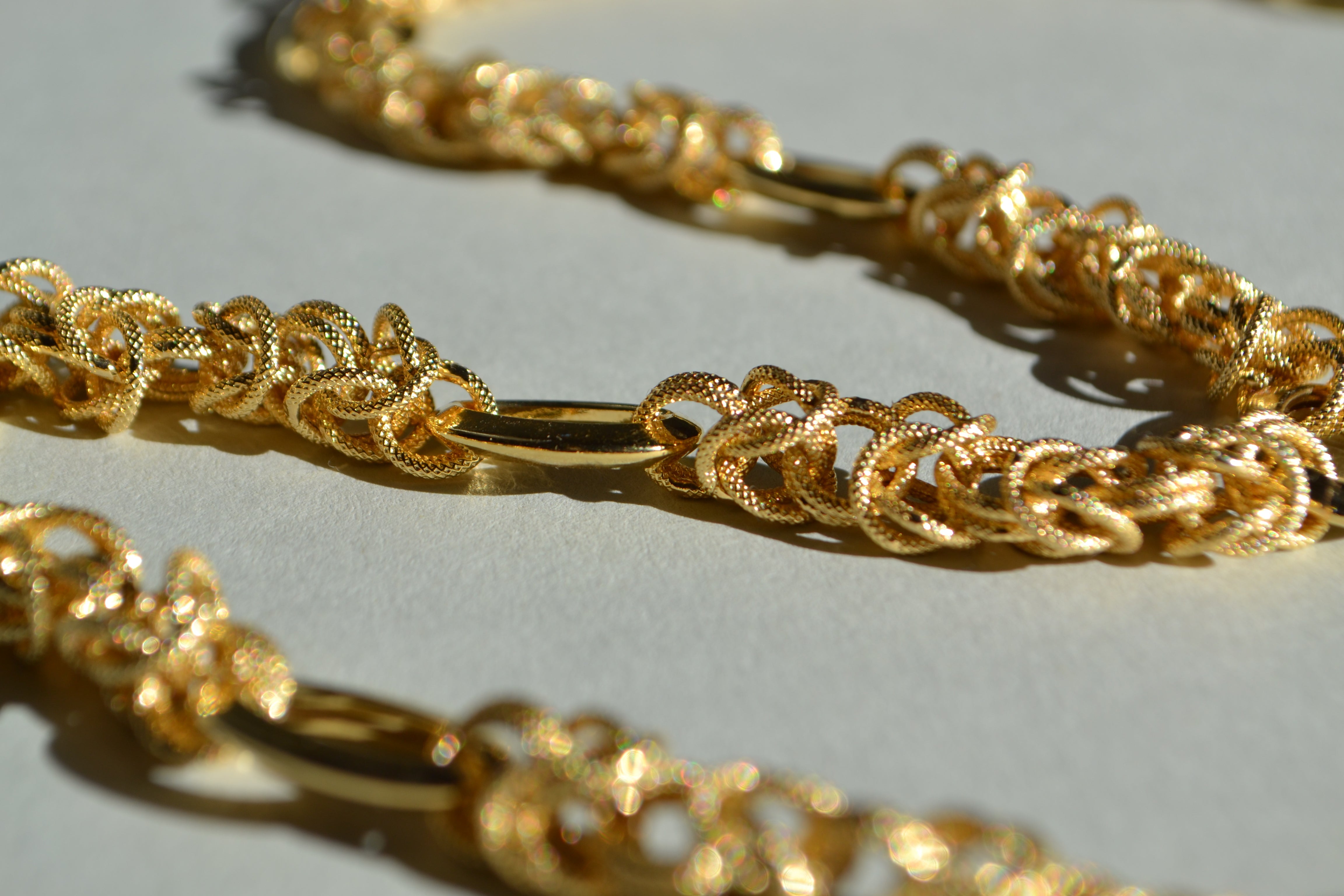
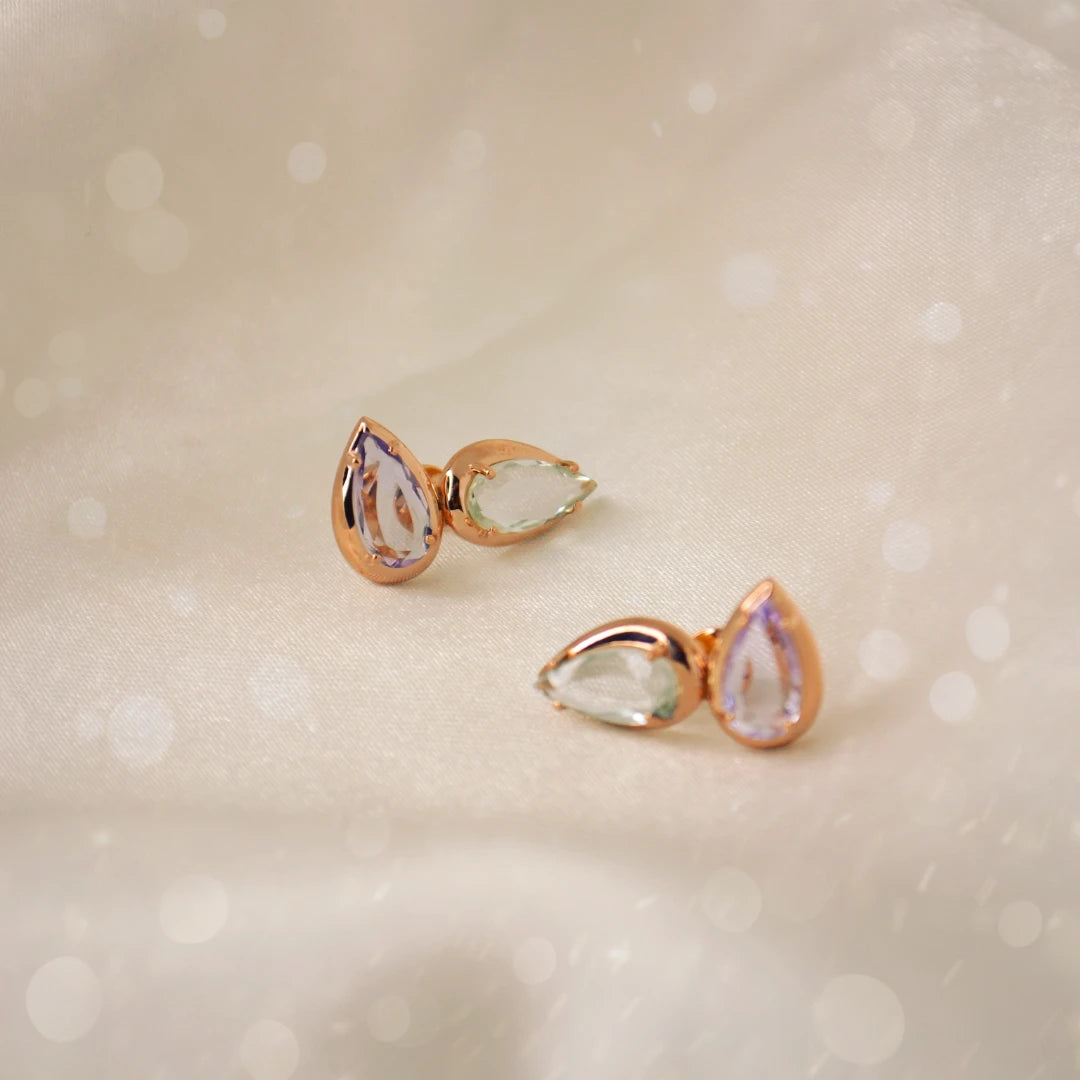
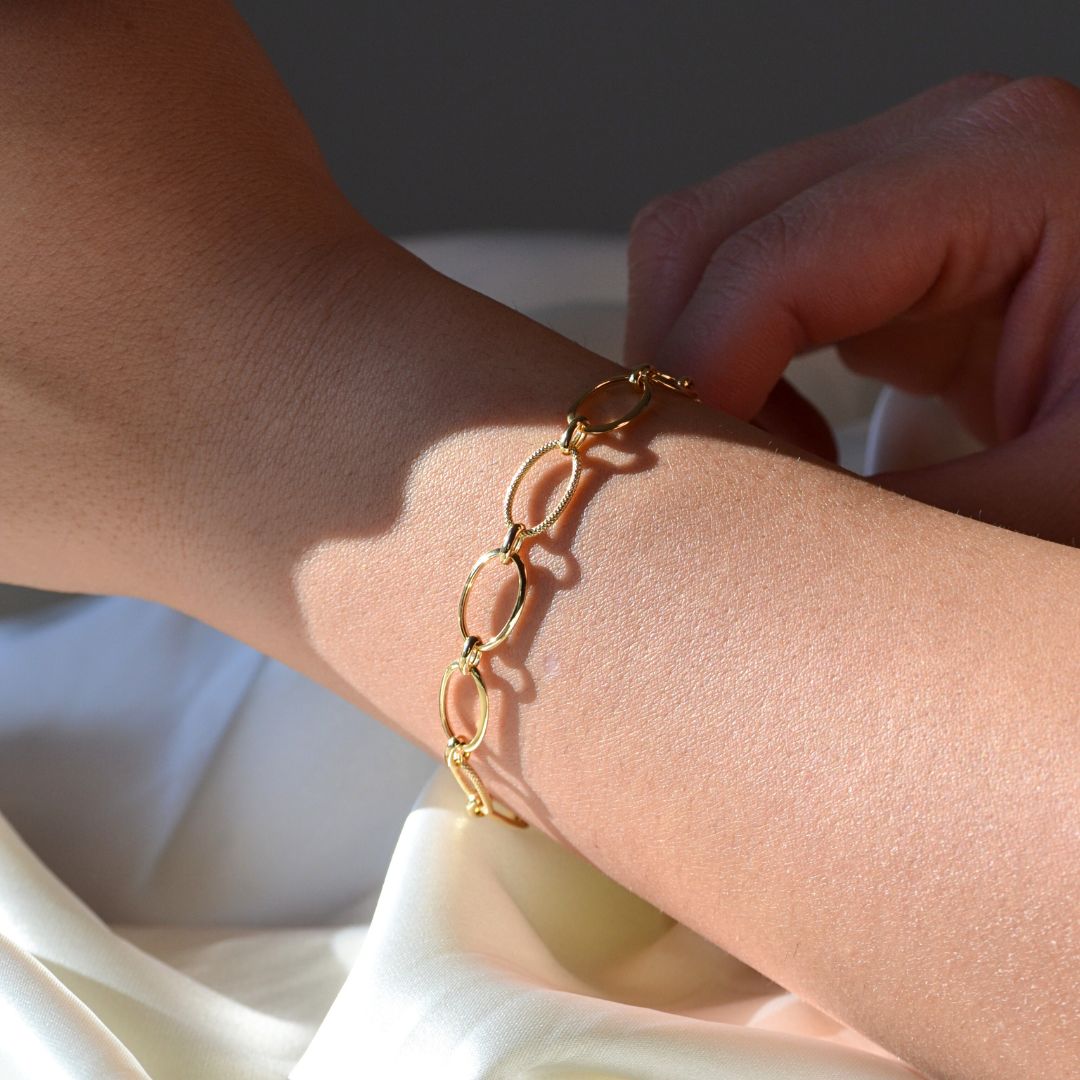
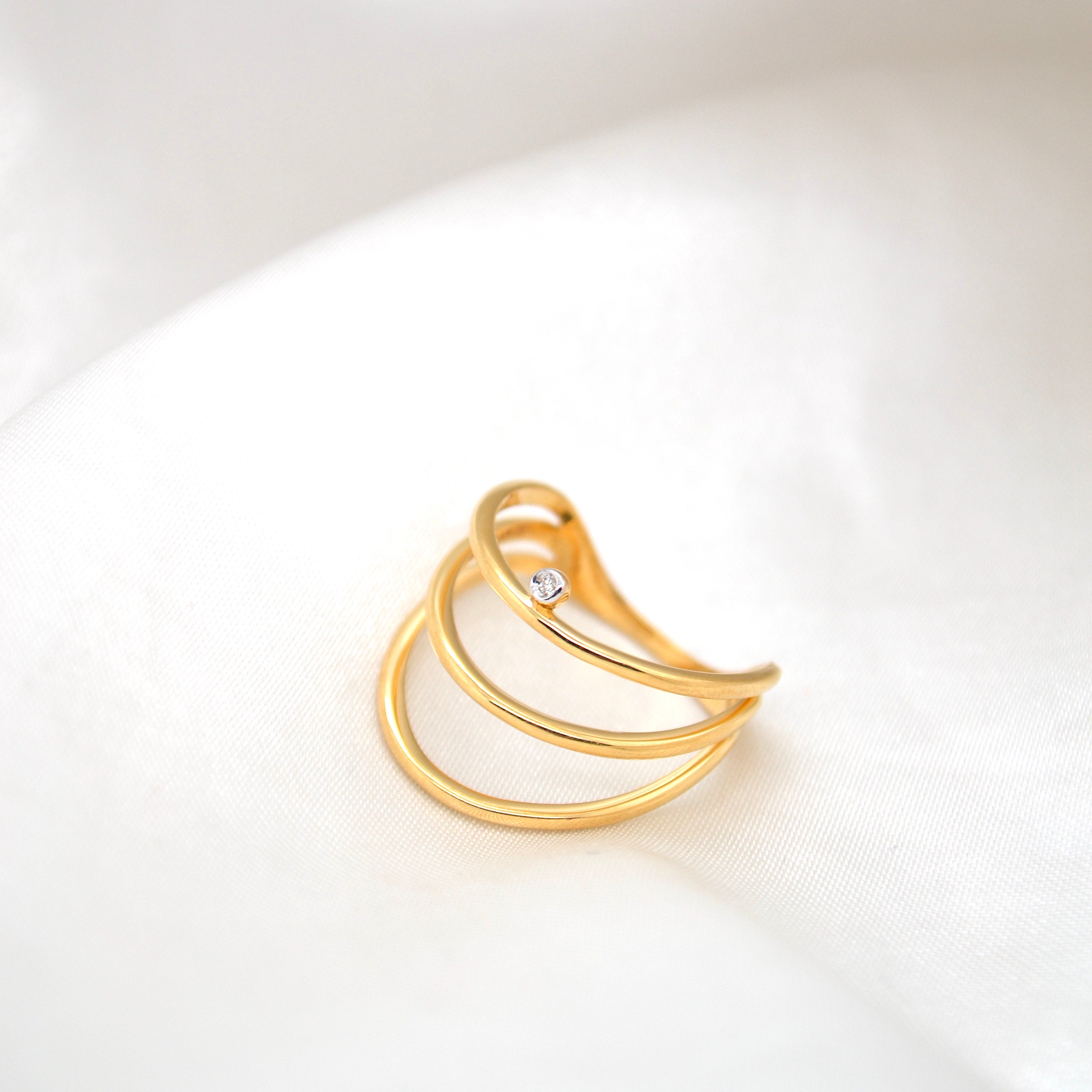
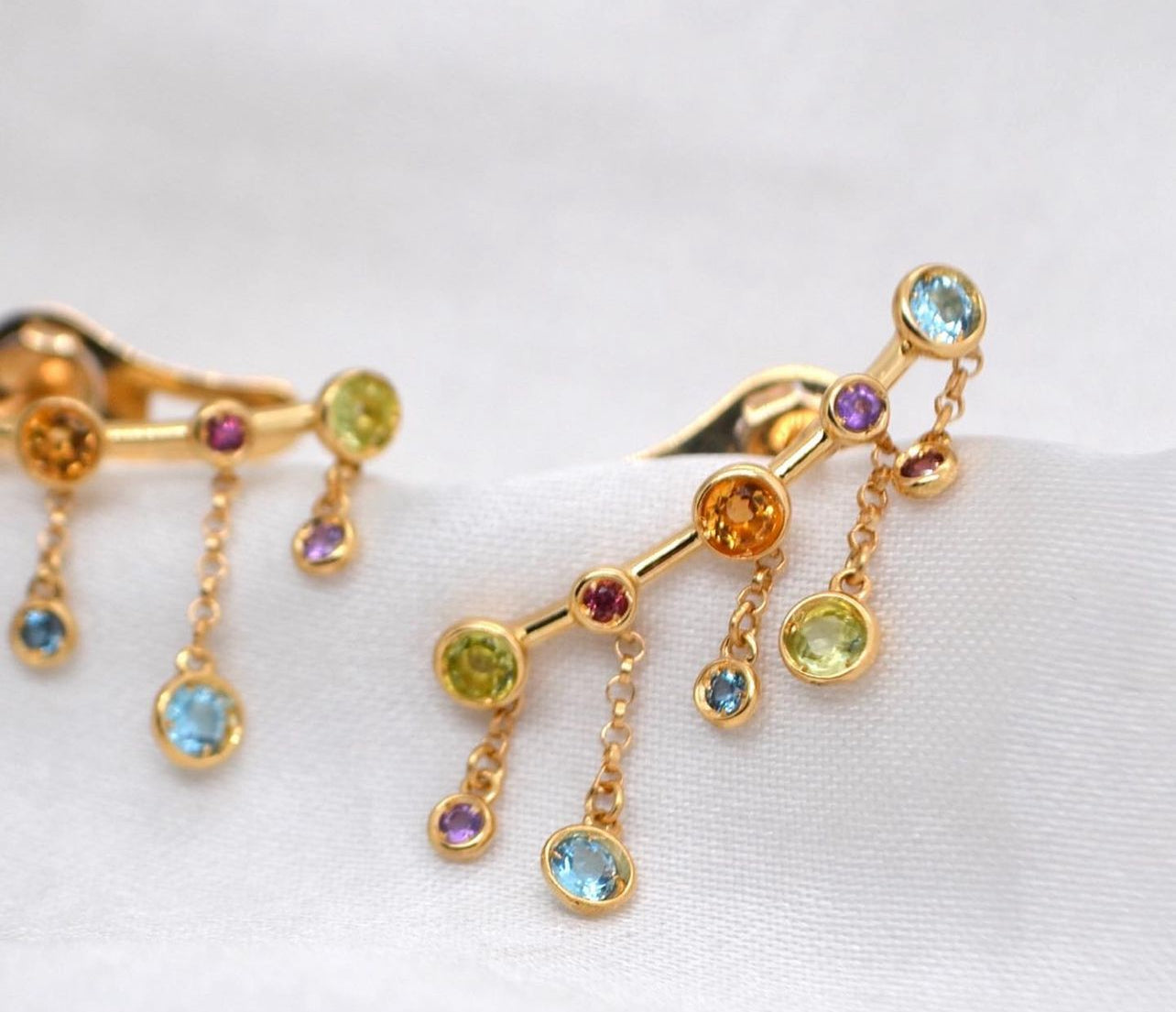
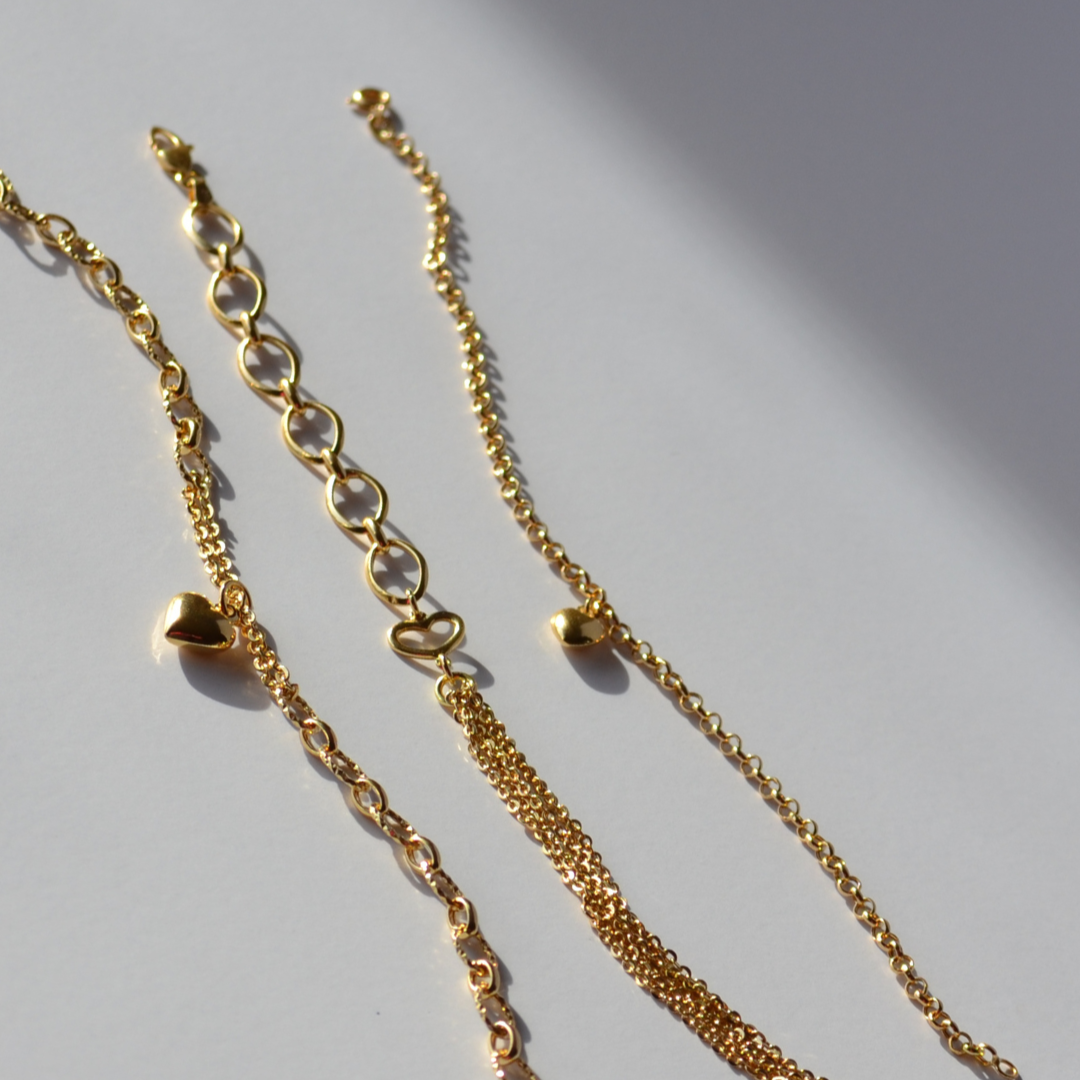
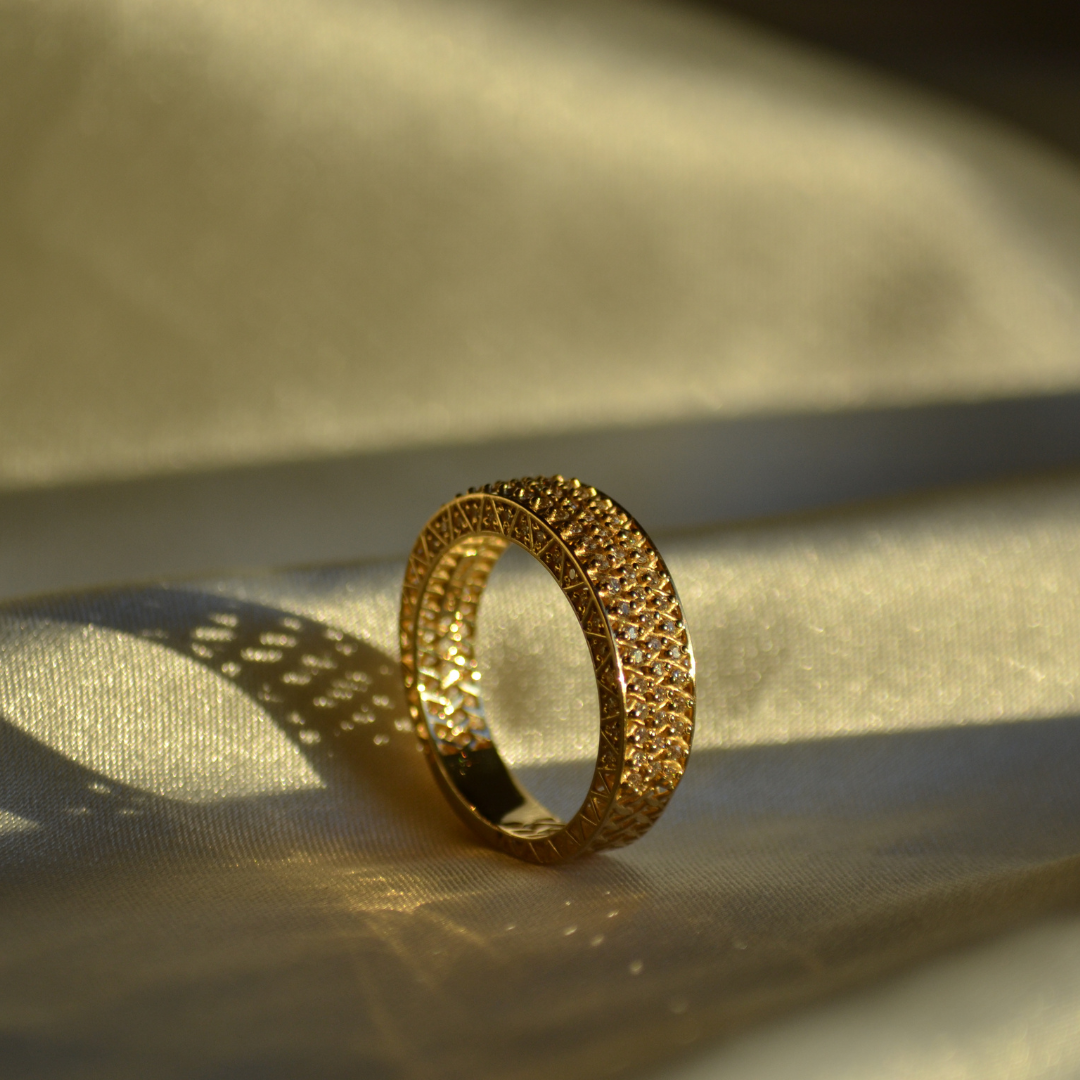
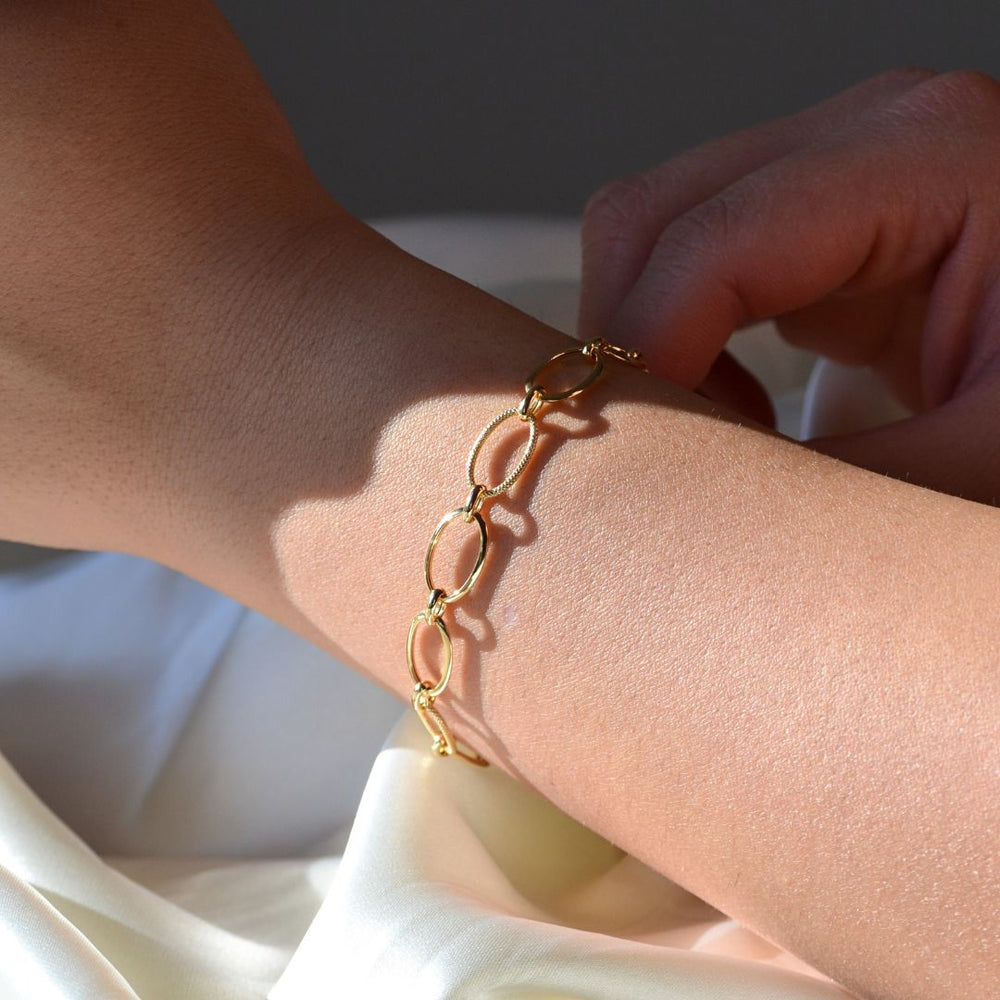
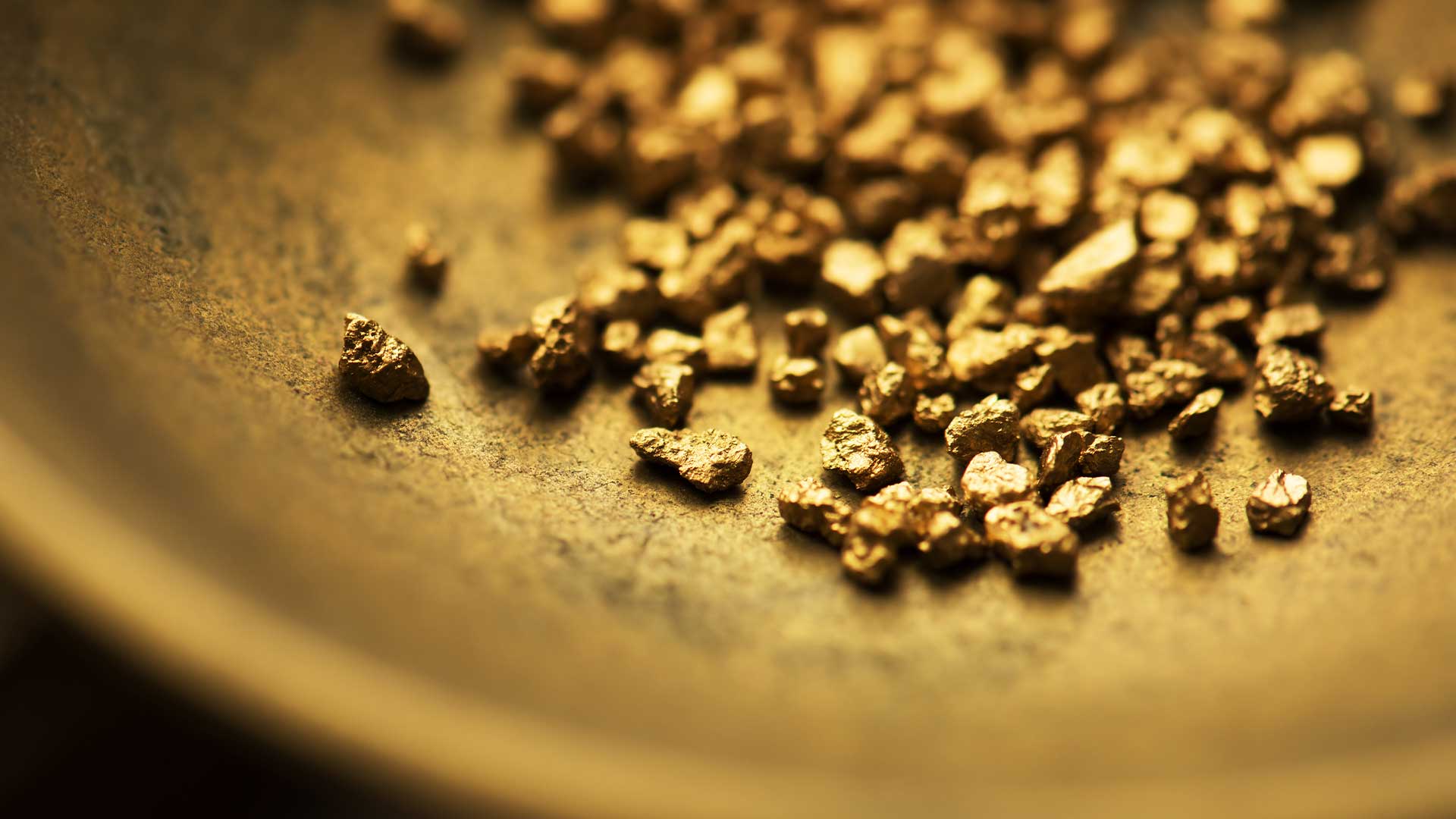
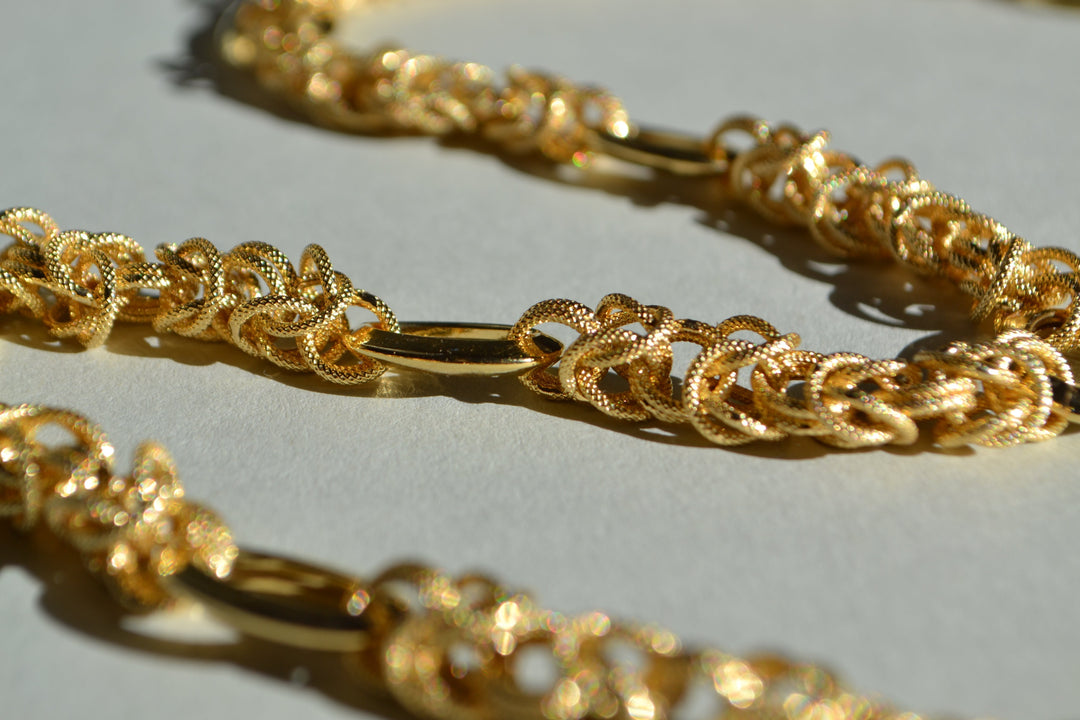
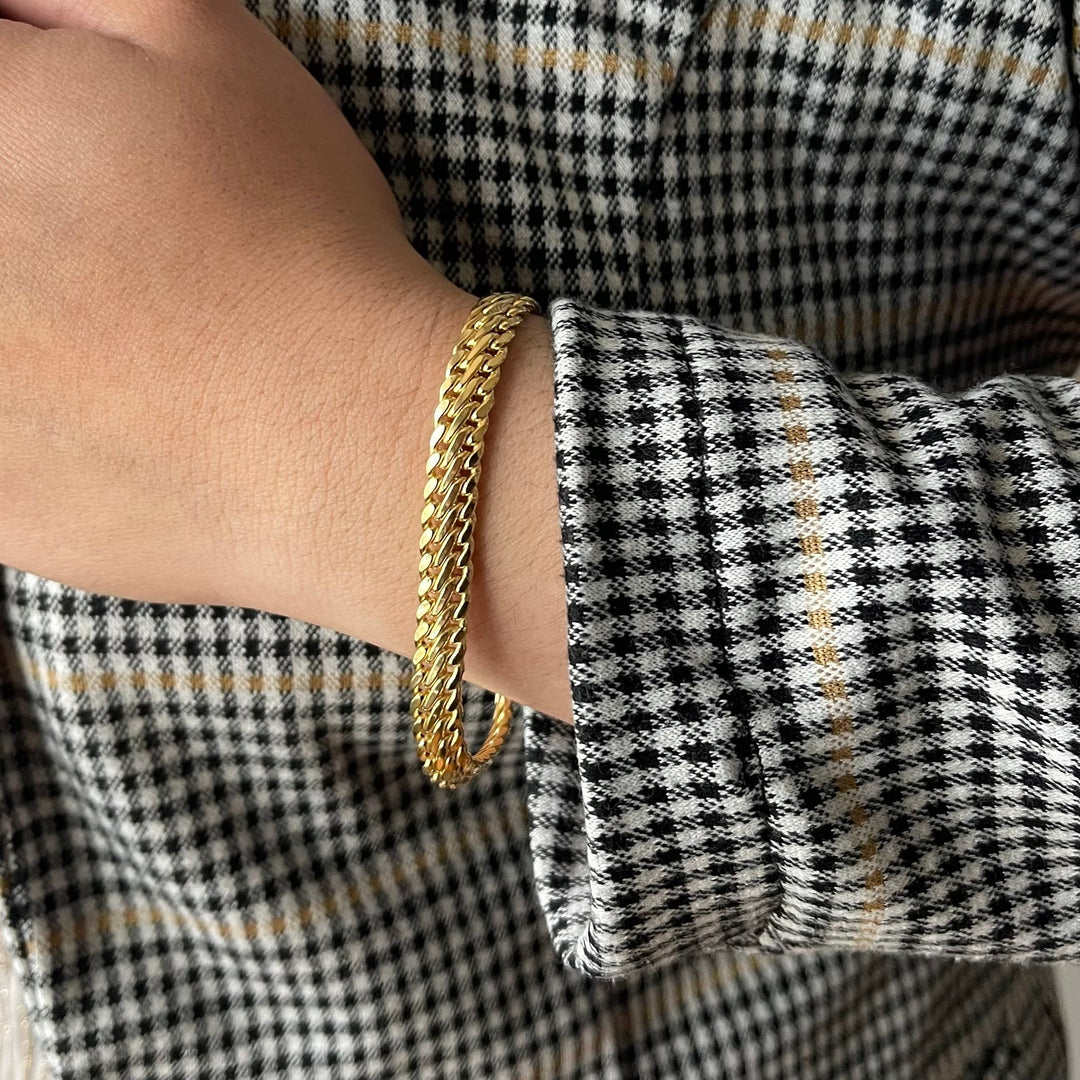

Leave a comment